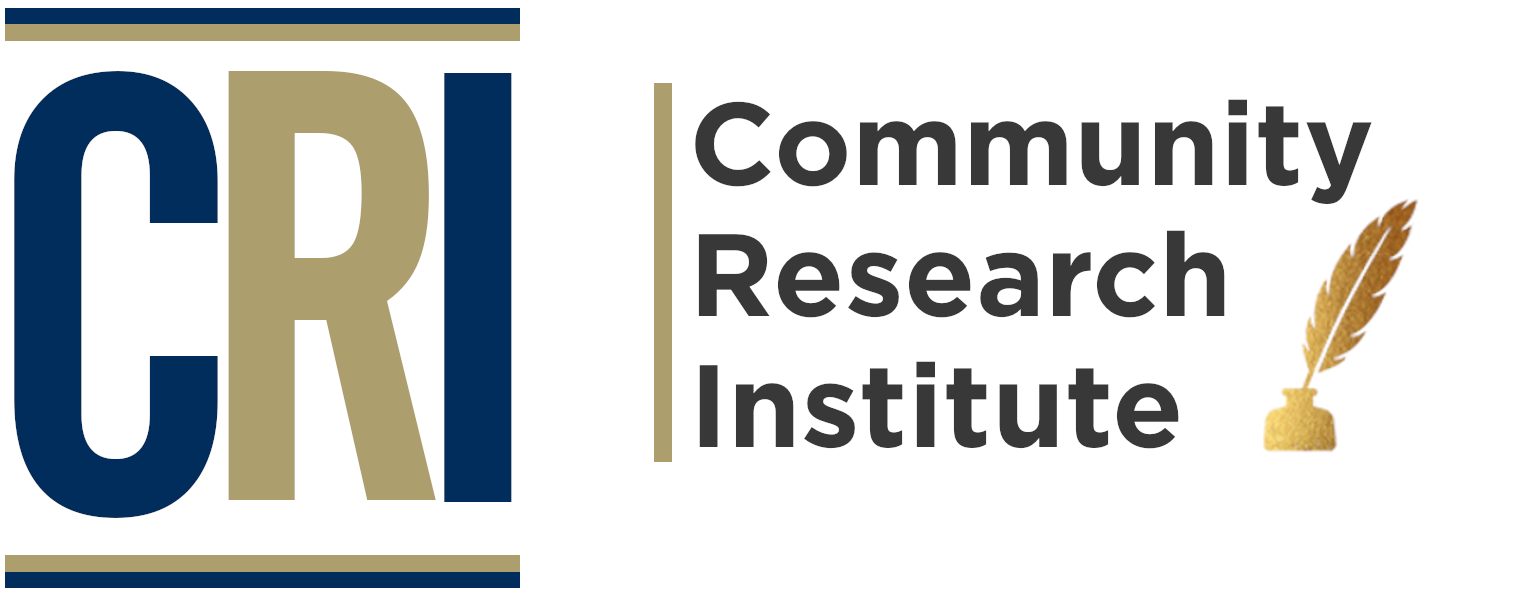
Research Methods 101
One of our favorite quotations as researchers is from anthropologist and author Zora Neale Hurston who said that “Research is formalized curiosity. It’s poking and prying with a purpose.” We believe that curiosity is a guiding principle for research but also for leadership.
It was curiosity-driven leadership that led to our partnership with Charleston Southern University and the creation of the Community Resource Institute. CSU came to us (Abbey Research) with questions about the impact of COVID-19 on the business community. We combined their curiosity with our research skills and developed our mixed methods research project.
We understand that a lot of people might not be familiar with research methods – what they are, what they do, and how they can help. Therefore, we wanted one of our first blogs on the CRI page to break down what you need to know about research methods – especially the ones that we are using for our COVID-19 & Business Resources project.
There are two main forms of research methods – qualitative and quantitative. Quantitative research collects and studies measurable quantities (things we can count) in order to provide data for analysis. The data collected and analyzed in quantitative research is usually done through numerical comparisons and statistical reports. Though primarily concerned with statistics, quantitative data can also involve human subjects. Surveys can be conducted online (with Survey Monkey as the most prominent application), in person, through the mail, or over the phone. Since quantitative data assumes a fixed and measurable reality, survey questions will not have as much flexibility as a qualitative survey or focus group.
In contrast to quantitative research, qualitative methods analyzes the behaviors, opinions, and reasons of a particular group. Qualitative research considers the social, political, and cultural context of a set of questions through analyzing the experiences and responses of research participants. In effect, while quantitative research studies a particular environment or social phenomena, qualitative research studies how and why people behave within that environment. There are three main methods generally used within qualitative studies: participant observation, focus groups, and structured (or semi-structured) interviews.

“Research is formalized curiosity. It’s poking and prying with a purpose.” – Zora Neale Hurston
We have extensive experience with both quantitative and qualitative research methods. In order to gather a complex data set, we’ve decided to apply a mixed methods approach to our COVID-19 & Business Resources project. What this means is that we’re first using a survey to collect both qualitative and quantitative information. We’re also including semi-structured interviews with survey respondents in order to further explore the specific contexts behind their survey answers.
We feel strongly that this combined method approach allows us to conduct in-depth analysis on our responses. We hope this project will help us better understand the impact of COVID-19 on our business communities, as well as provide actionable insights and resources going forward.
